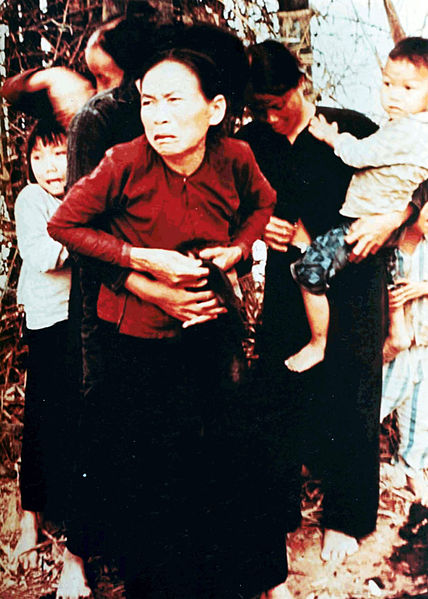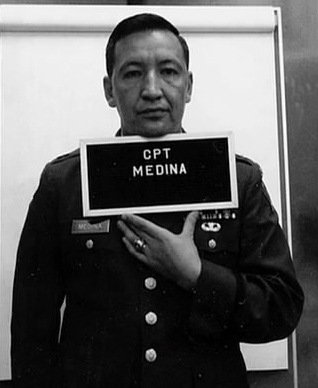Helicopter Pilot Who Stopped My Lai Massacre, Was Called A Traitor In America & Almost Court-Martialed
On
16 March 1968, Hugh Thompson, Jr., Glenn Andreotta, and Lawrence
Colburne did their best to protect Vietnamese civilians from being
slaughtered. In return for their heroism, they were accused of being
traitors to the United States of America.
It
all began with the Tet Offensive earlier in January when the Vietcong
attacked cities and towns throughout South Vietnam. The VC’s 48th Local
Force Battalion had attacked the city of Quảng Ngãi before retreating
back into the countryside, so the US sent out several divisions to find
them.

Colonel Oran K. Henderson, commander of the 11th
Brigade, ordered them to wipe out the enemy. Lieutenant Colonel Frank
A. Barker interpreted that to mean destroying entire villages by burning
homes, killing livestock, seizing food, and polluting wells. This would
punish the country folk for hosting the VC (whether they actually did
or not) and prevent them from hosting anymore in the future.
Company Charlie of the 1st Battalion, 20th Infantry Regiment, 11th Brigade of the 23rd
Infantry Division was sent to Son My. Although the American press would
later describe it as a single village, it wasn’t. Son My was a series
of hamlets separated from each other by rice fields and connected by
dirt roads. The biggest were at My Lai, My Khe, Co Luy, and Tu Cung.
As
Charlie Company were helicoptered into Son My, Captain Ernest Medina
told his men that the residents should have gone to the market by 7 AM.
Any who remained had to either be VC or those who sympathized with North
Vietnam.

1st Platoon, led by Second Lieutenant (2LT) William Calley, and 2nd Platoon, led by 2LT Stephen Brooks, entered Tu Cung. The 3rd Platoon led by 2LT Jeffrey U. Lacross and Captain Medina stayed outside.
The
villagers at Tu Cung were indeed getting ready for market, while the
sight of American soldiers in their fields was commonplace – so there
was no sense of panic. At least until the platoons began firing at those
standing in the fields.
According to machine gunner Harry
Stanley, one moment there was calm and the next – the killings began. He
claimed to have seen the villagers being herded into the center of
their hamlet, when all of a sudden, someone from 1st Platoon stabbed a man with a bayonet. That same soldier then threw another person into a well and chucked a grenade in.
In a small temple, about 15 or 20 women and children were praying and crying when they were all shot in the head. 1st
Platoon then led about 70 to 80 people into an irrigation ditch, pushed
them in then shot them. Among the shooters was Calley. Private First
Class Paul Meadio also testified that he had emptied several M16
magazines at women who held babies in their hands, believing they were
booby trapped and about to attack.
Others claimed to have seen
women throwing themselves on top of their children to protect them. Some
of the children survived, but when they began to run away, they were
shot at, too. Other women and girls were first gang raped before being
killed.
At around 8:15 AM, 3rd Platoon were sent to My Hoi and Co Luy where they did the same thing. Exhausted by all the excitement, Medina ordered a lunch break at 11 AM. Once they were finished eating, the raping and killing spree continued at My Lai, Binh Tay, and the other hamlets.
Before that break, the Hiller OH-23
Raven crew finally arrived on the scene. Warrant Officer One Hugh
Clowers Thompson, Jr. and his men, Specialist Four crew chief Glenn
Andreotta and Specialist Four door-gunner Lawrence Colburn, saw the
bodies and radioed their base for help.


No comments:
Post a Comment